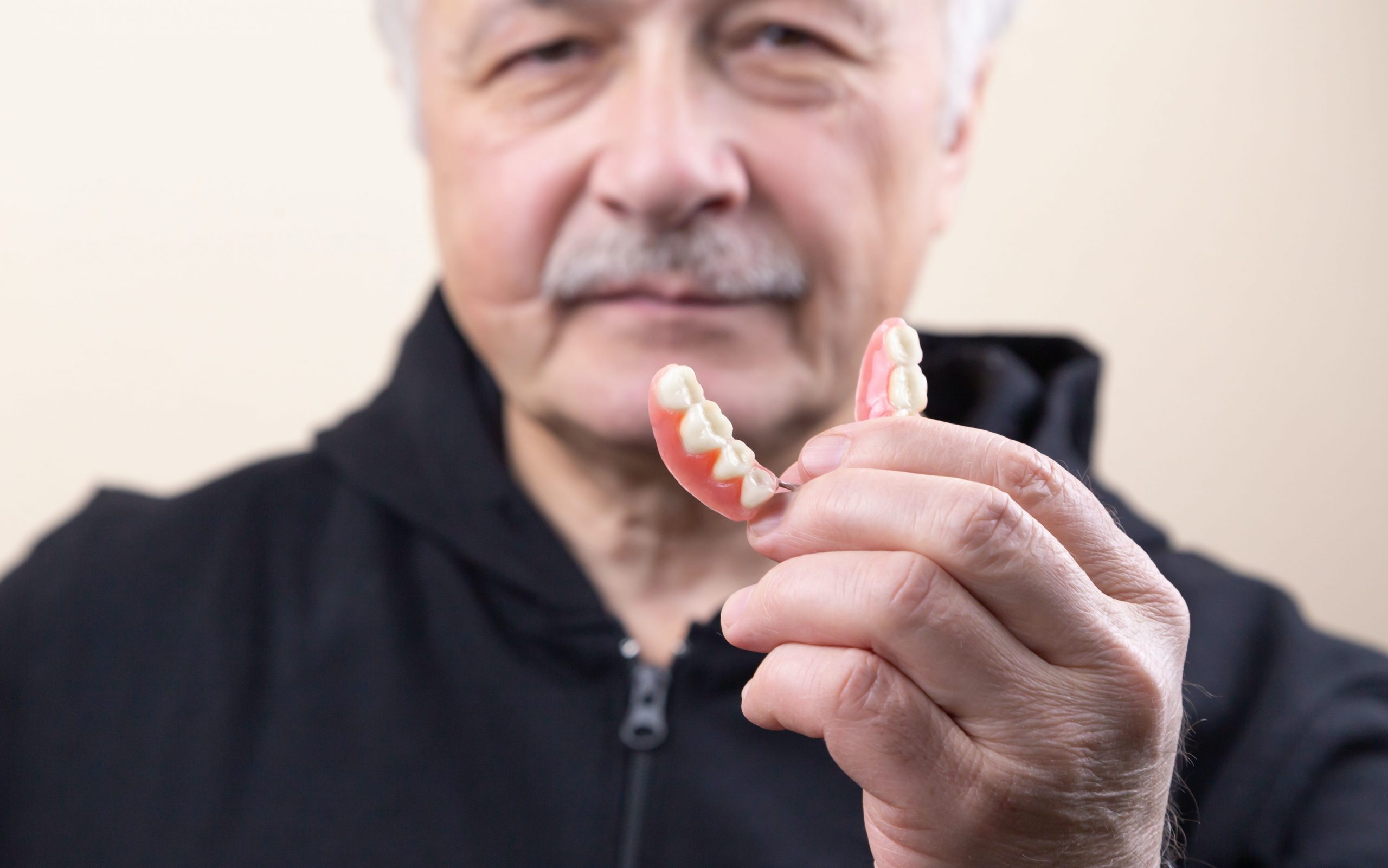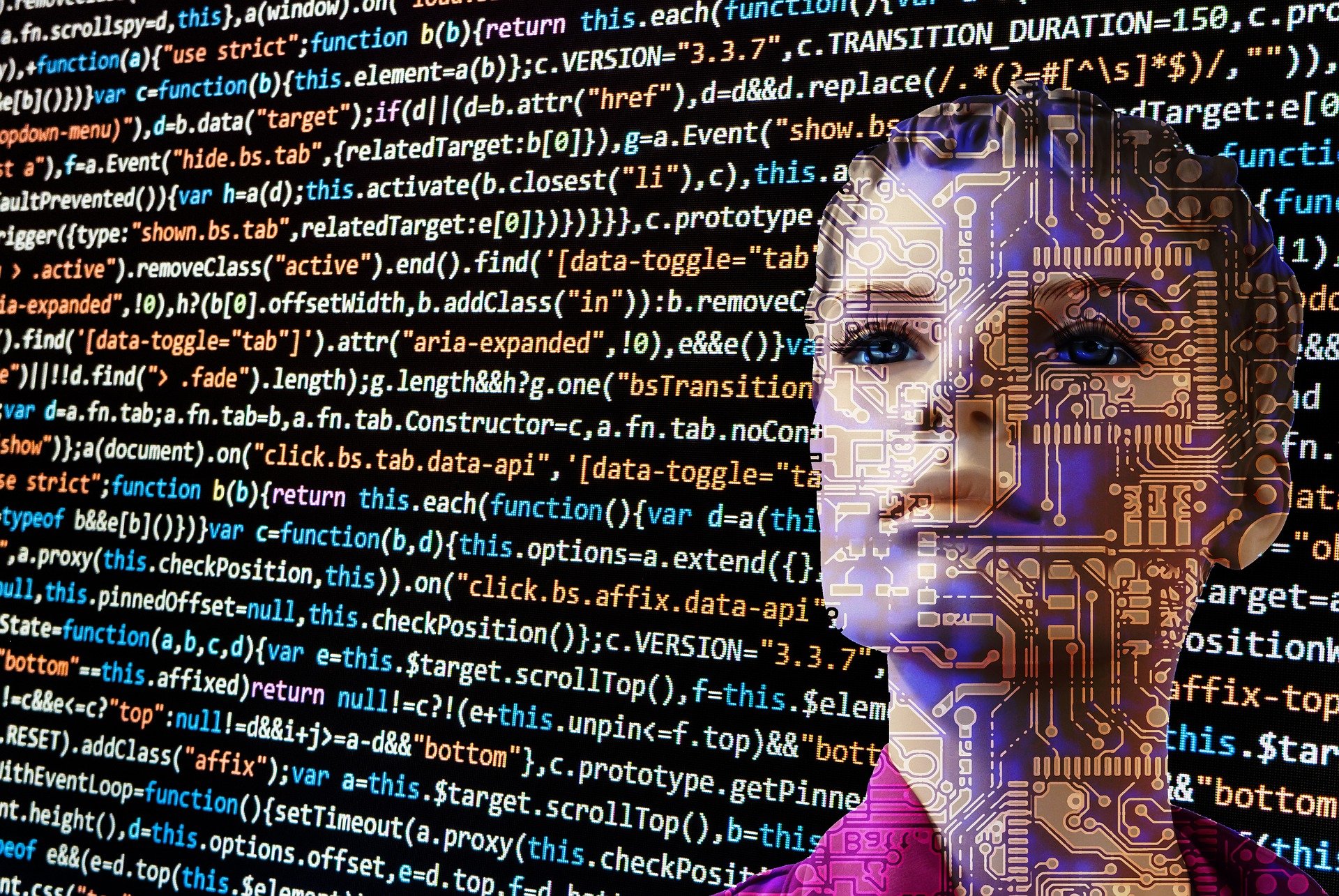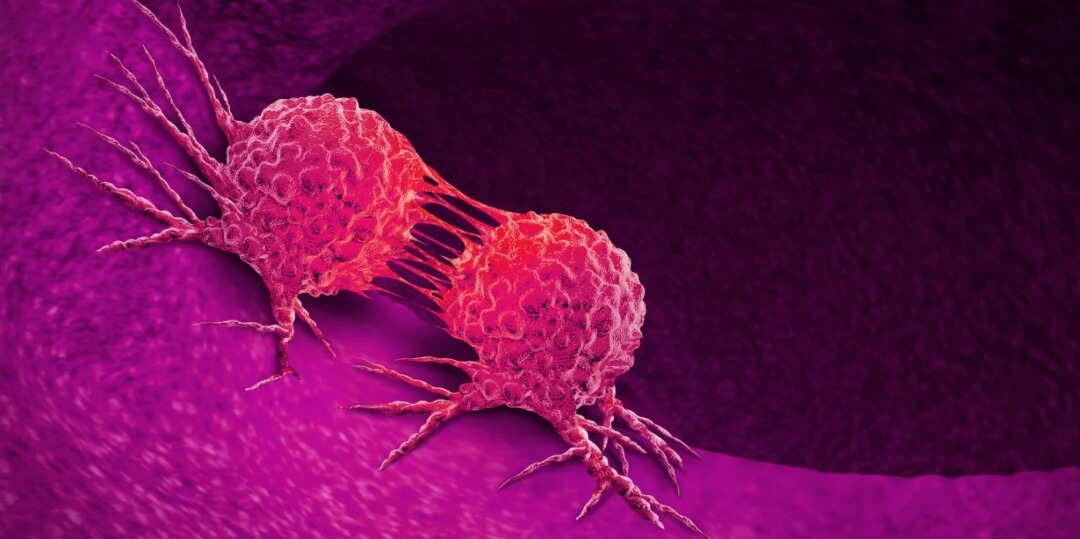
Researchers use Avatar’s motion AI tech to track rare diseases
In recent years, advancements in technology have opened new avenues for research in various fields, and one of the most promising is the application of artificial intelligence (AI) in the study of rare diseases. Researchers are now using Avatar’s motion AI tech to track the progression of these diseases and improve our understanding of their causes and potential treatments.
A rare disease is defined as one that affects fewer than 200,000 people in the United States. Despite the low incidence rate, there are over 7,000 known rare diseases, which collectively affect more than 400 million people worldwide. Due to their low prevalence, rare diseases often go undiagnosed or misdiagnosed, and treatments are often inadequate or non-existent.
Avatar’s motion AI technology uses advanced algorithms to analyze motion data, including data from wearable devices, smartphone sensors, and video cameras. This allows researchers to track the progression of rare diseases in real-time and gain insights into their underlying causes. The technology is particularly useful for tracking movement disorders, such as Parkinson’s disease, which can be challenging to diagnose and monitor using traditional methods.
One of the key advantages of Avatar’s motion AI technology is its ability to capture data in real-time, without the need for manual input from patients or healthcare providers. This eliminates the risk of human error, and provides a much more accurate and reliable picture of the disease progression. The technology can also be used to monitor patients remotely, reducing the need for frequent hospital visits, and allowing researchers to gather data on a much larger scale.
Another advantage of Avatar’s motion AI technology is its ability to detect subtle changes in motion that may be indicative of disease progression. For example, in patients with Parkinson’s disease, changes in gait, posture, and tremors can occur gradually over time, making them difficult to detect using traditional methods. Avatar’s technology can pick up on these subtle changes and provide valuable insights into the disease progression.
Additionally, Avatar’s motion AI technology can also be used to track the effectiveness of treatments. Researchers can use the technology to monitor the impact of drugs and other treatments on the patient’s symptoms, allowing them to make more informed decisions about which treatments are most effective. The technology can also be used to track the impact of lifestyle changes, such as exercise, diet, and sleep, on the progression of the disease.
The use of Avatar’s motion AI technology in the study of rare diseases has the potential to revolutionize the way we approach these conditions. It allows researchers to gather vast amounts of data on the progression of the disease, and to gain a more accurate and comprehensive understanding of its underlying causes. This could lead to the development of new treatments and therapies that are more effective and tailored to the individual patient.
Conclusion
Avatar’s motion AI technology has the potential to change the way we approach rare diseases. By providing real-time data on the progression of these conditions, researchers can gain new insights into their underlying causes, and develop more effective treatments and therapies. As technology continues to advance, it is likely that we will see even more innovative applications of AI in the study of rare diseases, bringing us one step closer to finding a cure.
Visit DocMode for Courses and lectures










